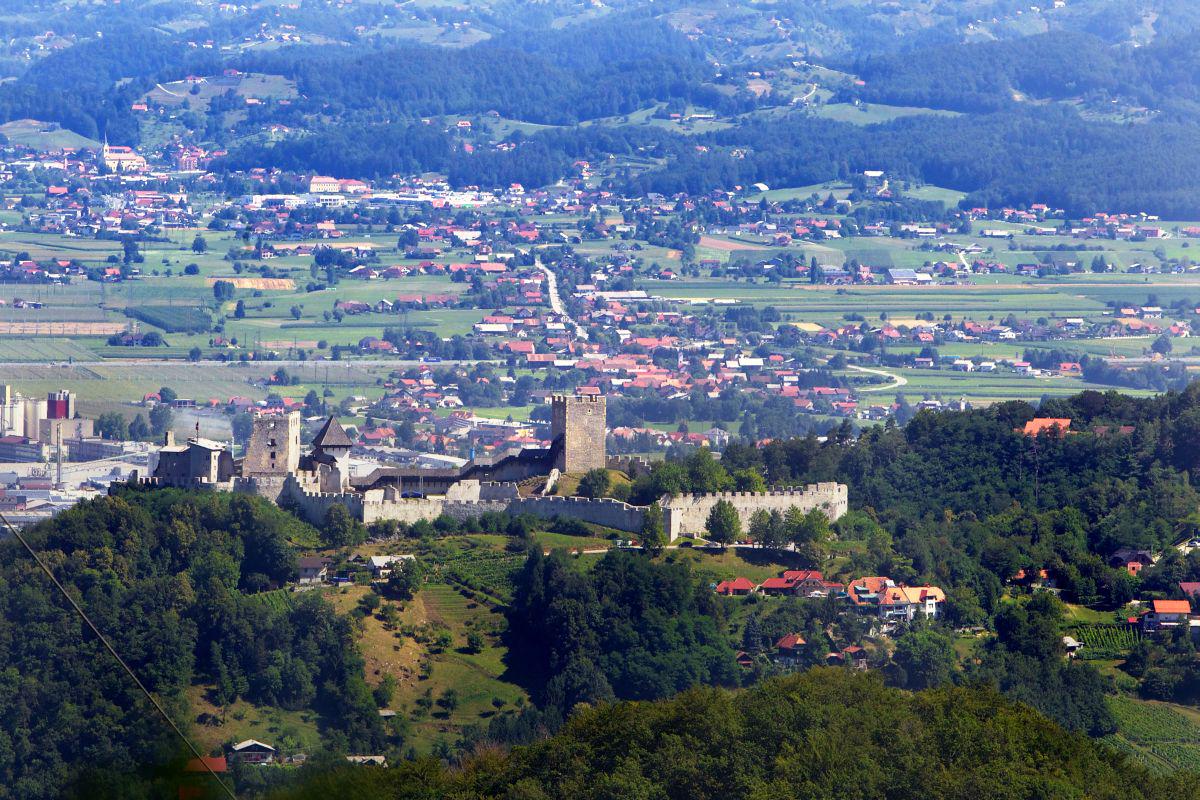
The castle above the town of Celje is not nearly as famous as its counterpart in the Slovenian capital. But throughout its history, it has been the home for some of the most prominent nobles of the Slovenian Lands and has long played a crucial role in its region.
The first written mentions of the castle date back to 1322. The Middle Ages were a time of turmoil among noble families and the first structure probably burned down after a battle between two rival clans. In the 14th and 15th centuries, the influential Counts of Celje transformed what had been a simple Romanesque fortification into a magnificent Gothic residence. They also added a fortified tower, known as a bergfried, which contained a chapel on the upper floors. With the addition of new walls, the castle became all but invincible.
The last major renovation took place in the 16th century, but as a period of peace returned to Europe, the role of the castle became less defensive and more political. The Counts of Celje were one of the most important noble families in the Slovenian Lands, and they controlled sizeable tracts of land in the Celje region and beyond. This helped to make Celje Castle one of the most important political and economic centers in this part of Europe. Its beauty and functionality also made it an architectural model for other castles built in that era, but peace and prosperity eventually reduced its strategic importance.
The Counts of Celje died out in the 16th century, and political changes beginning in the 17th century made Celje Castle increasingly less significant. The new owners began to remove roof tiles, which they used for the construction of new buildings. Over the years, bits and pieces of the castle were taken away, and much of the structure was in ruins by the 18th century.
The first initiative to restore the castle came in the 1880s, but it wasn’t until after World War II that the ruins were stabilized, the tower was repaired, and new trail to the castle was constructed.
Since Slovenia’s independence, renovation work has continued at the site. Just as significantly, life has also returned to the castle. Plays and concerts are regularly held within its walls, and residents of Celje once again frequent the imposing hilltop structure that had played such an important role in their town’s history.

































































